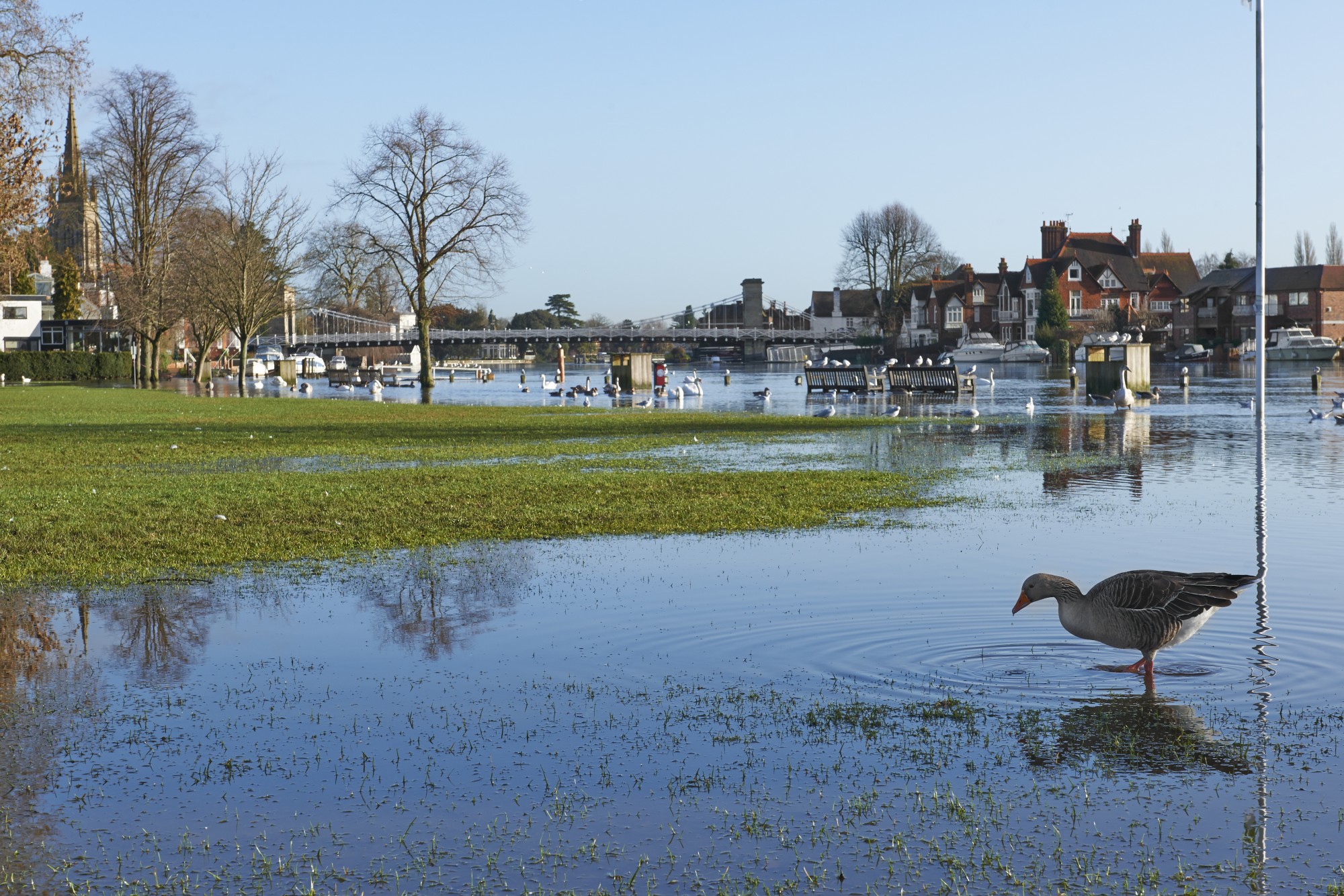Climate change: guide for developers and investors
10 Dec 2018
Environmental Planning
Water Services

This guidance has been prepared to provide advice to clients on recurrent challenges experienced over accurately determining the peak flood levels from desk-based information that incorporate the latest 2016 climate change guidance and the suggested ways of managing this risk.
The issue
Climate change guidance was updated by the Environment Agency in 2016, which is likely to increase peak flood water levels, thereby potentially increasing the flood risk to planning, investment and divestment opportunities. In some cases, these changes have not been carried through to the Environment Agency (EA) online flood maps, the principal reference point for assessing flood risk, which therefore means fluvial risk can be underestimated. This is particularly relevant for sites on the periphery of Flood Zones 2 or 3. In some cases, the presence of defences which are not always accurately accounted for, combined with the coarseness of the Flood Zones means fluvial flood risk can be overestimated.
Implications for developers
- Knock on implications for layout and master planning which may affect developable area and therefore viability.
- Requirement for hydraulic modelling for planning which is potentially cost and time prohibitive.
- Determining accurate finished flood levels which potentially impacts building design and access.
- Objections to planning applications from the Environment Agency on climate change grounds.
- Delays to preparing planning application documents and the determination of planning.
Implications for investors
- Potential loss of value of the asset.
- Delay to transactional flood risk report timescales.
- Sites perceived as institutionally low risk may actually be higher risk.
- Sites perceived as institutionally high risk may actually be lower risk.
- Redevelopment implications - sites suitable for existing use but not redevelopment.
- Challenges over securing insurance at commercially acceptable rates.
How we can help developers manage the risks
For sites at potential risk from flooding, we can offer developers a staged approach to reduce the risk to potential developers:
Stage 1: Flood risk screening: data review of EA product data and other third-party sources - this needs to be done early to accommodate the lead in time for EA data (usually around a month).
Stage 2: Flood risk assessment: in line with the relevant planning guidance.
The benefit of this approach is:
- If the EA data is not fit for purpose, a decision can be made whether to conduct additional hydraulic modelling, or review layout.
- The cost for a Flood Risk Screening Assessment would provide a substantial cost saving against a full planning FRA and in a shorter timeframe.
- De-risk the planning process and identified issues in advance of planning submission.
How we can help investors manage the risks
For sites at potential risk from flooding, Delta-Simons can support with the following to reduce the risk to investors.
- Proactive approach to managing existing assets, e.g. screening of portfolios.
- Identify sites with potential redevelopment and review flood risk implication for different end uses.
- Undertake further assessment on high risk sites to define the actual flood risk.
For more information, contact Alex Perryman, or visit our Water Services information.



